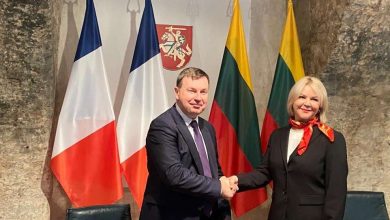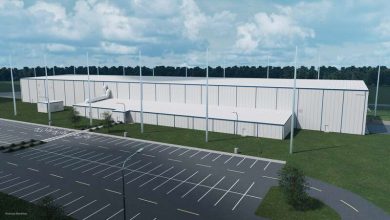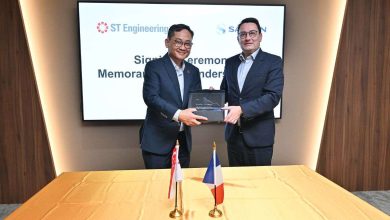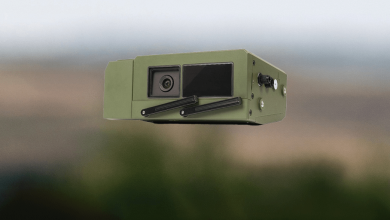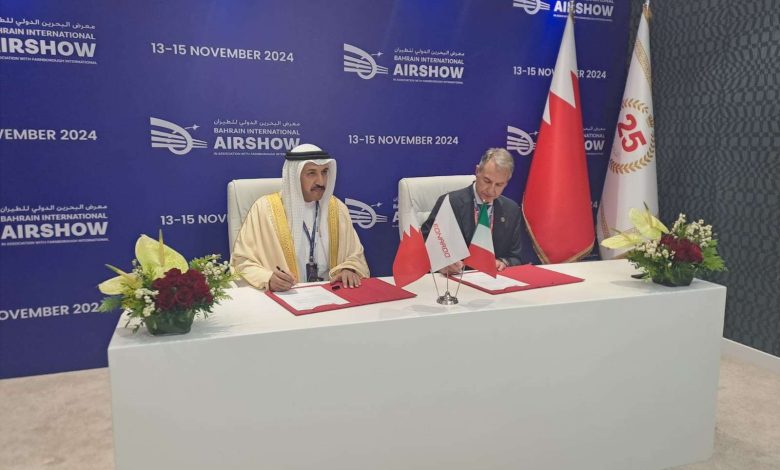
Bahrain and Leonardo Unveil Cutting-Edge Radar Enhancements at Manama International Airport
The Ministry of Transportation and Telecommunications of the Kingdom of Bahrain has recently formalized an agreement with Leonardo to upgrade and enhance air traffic management and radar infrastructures at Manama Airport. This initiative aligns with Bahrain’s ongoing dedication to enhancing aviation safety, airspace efficiency, and regional air navigation services.
The contract, revealed during the Bahrain International Airshow, will entail Leonardo providing, delivering, and installing state-of-the-art radar technologies, including the ATCR 33S NG primary surveillance radar alongside the SIR S/I secondary surveillance radar. These innovative solutions, accompanied by supplementary equipment, will elevate Bahrain’s air traffic management capabilities by offering real-time, high-resolution monitoring throughout the Kingdom’s airspace.
The provision, which spans over three years until early 2027, also incorporates extensive in-service support, ensuring operational efficiency and longevity of the radar systems throughout the duration of the contract. Leonardo’s commitment is not limited to on-site installation but also encompasses remote services and support, bringing unparalleled standards in radar technology to bolster Bahrain’s aviation framework.
This enhancement signifies a major advancement in Bahrain’s air traffic management capabilities, solidifying its vital role in Middle Eastern aviation. The Ministry of Transportation and Telecommunications, in collaboration with Leonardo, takes pride in propelling Bahrain’s aviation safety, efficiency, and technological prowess with this essential infrastructure investment.



